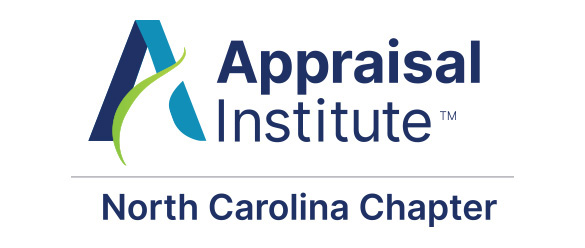Originally published by The Boulder Group on February 2, 2022.
Cap rates in the single-tenant net lease retail and industrial sectors increased to 5.88% and 6.77%, respectively, during the fourth quarter, a slight increase from the historically low rates reported during the previous quarter, The Boulder Group reported Feb. 3 in its Q4 2021 Net Lease Market Report. Cap rates for net lease office properties remained at 6.8%.
